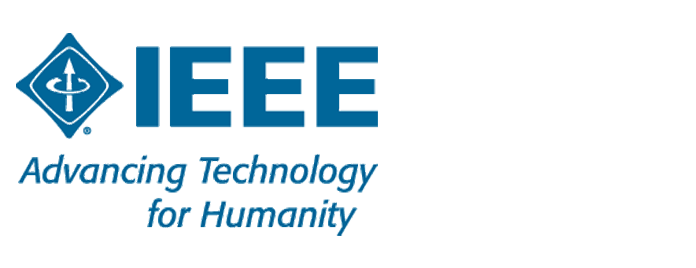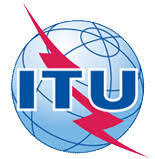Security techniques — Extension to ISO/IEC 27001 and ISO/IEC 27002 for privacy information management — Requirements and guidelines
This document specifies requirements and provides guidance for establishing, implementing, maintaining and continually improving a Privacy Information Management System (PIMS) in the form of an extension to ISO/IEC 27001 and ISO/IEC 27002 for privacy management within the context of the organization.
This document specifies PIMS-related requirements and provides guidance for PII controllers and PII processors holding responsibility and accountability for PII processing.
This document is applicable to all types and sizes of organizations, including public and private companies, government entities and not-for-profit organizations, which are PII controllers and/or PII processors processing PII within an ISMS.



